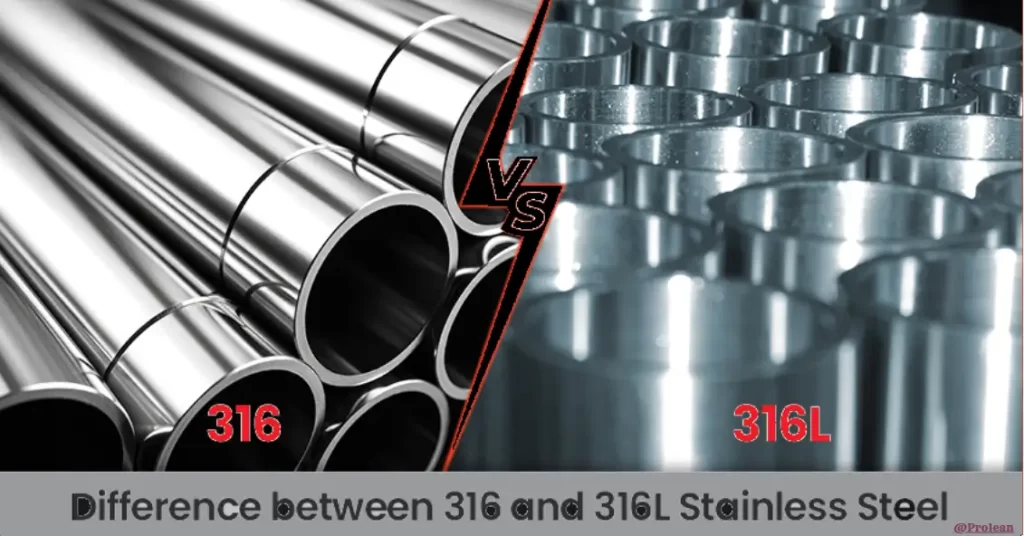
A wide variety of industries rely on stainless steel. Not only is it sturdy, but it also withstands rust. In environments prone to corrosion, grades 316 and 316L of stainless steel are particularly common. Stainless steels 316 and 316L are equally strong and resistant to corrosion. One important distinction is the carbon content. The carbon content of 316L is lower than that of 316. Welding makes it less susceptible to sensitivity because of this. It’s a great quality to have in places where corrosion is common.
Grades 316 and 316L of the 300-family austenitic alloy stainless steel are durable and corrosion-proof. They last a long time as well. The marine, pharmaceutical, and food processing industries and steel fabrication services all make use of stainless steel grades 316 vs 316l ss. 316 stainless steel is fortified with chromium and other metals. It has excellent acid and chloride resistance. This makes it perfect for demanding settings. Stainless steel grades 316 and 316L are compared in this article. They are compared based on their features, applications, and cost factors. You may find out what each one is good for and get advice on which one is best for your project.
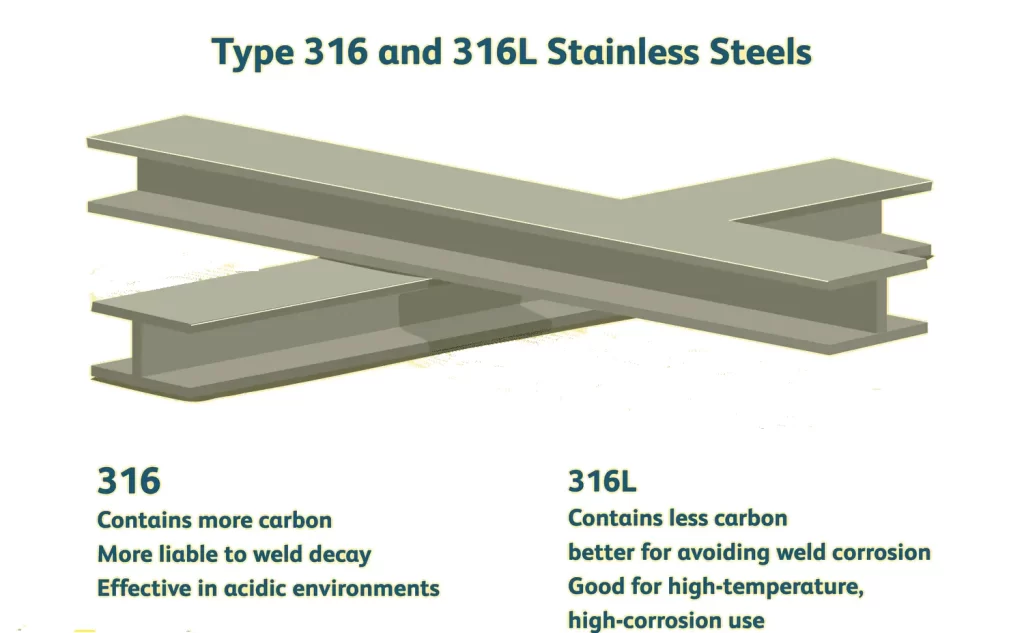
Type 316 and 316l-stainless-steel
What is 316 Stainless Steel?
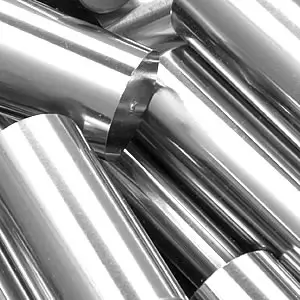
316 Stainless Steel
A rare austenitic stainless steel alloy, 316 has 16–18% chromium, 10–14% nickel, 2–3% molybdenum, and as little as 0.08% carbon. The corrosion resistance, especially towards chlorides and commonly used solvents, is greatly improved by molybdenum. The chemical, marine, and pharmaceutical industries all make extensive use of 316 stainless steel. Harsh chemicals or saltwater are common enemies.
Try Prolean Now!
316 Stainless Steel Properties:
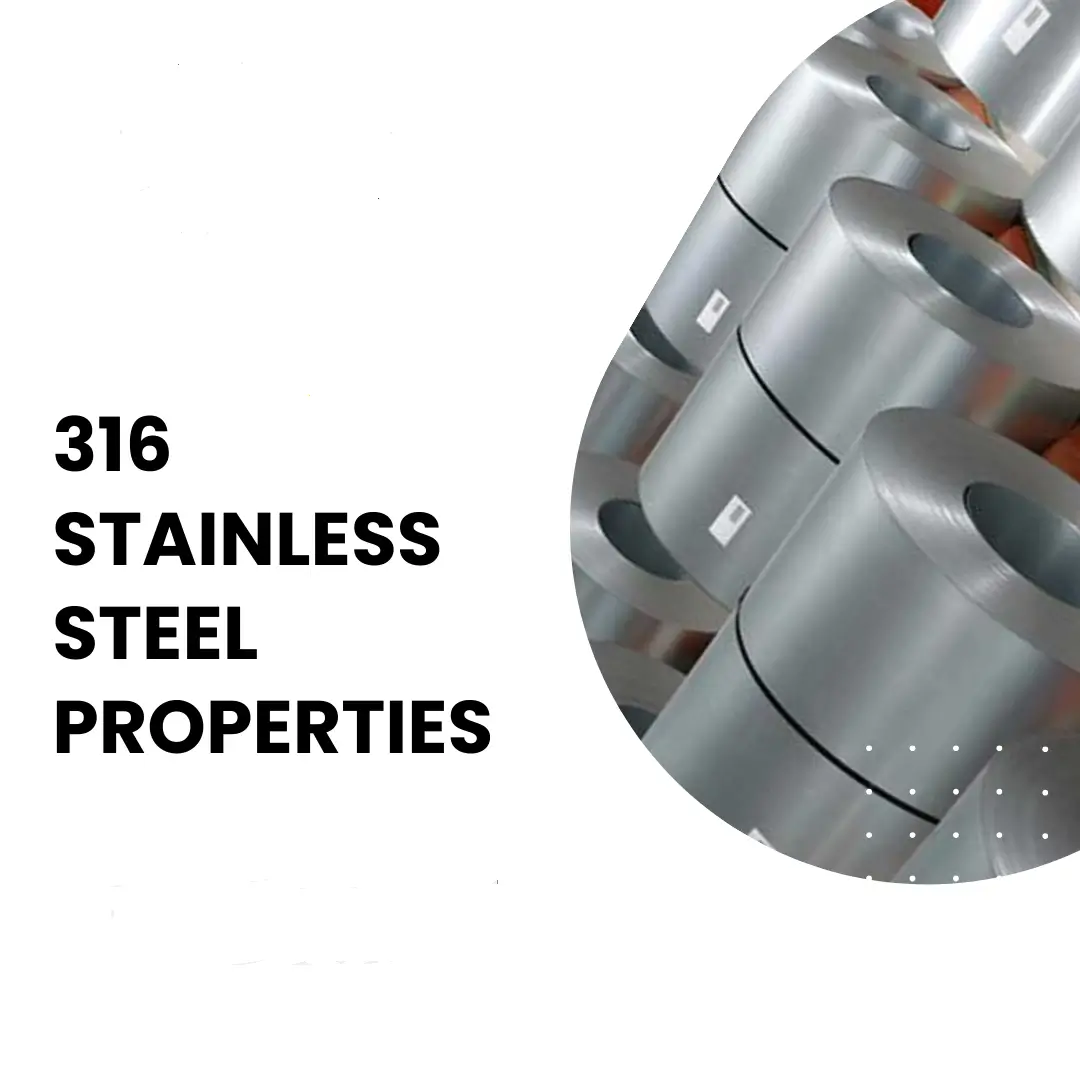
Properties of 316 Stainless Alloy
Anti-Corrosion: The corrosion resistance of 316 stainless steel is exceptional in many settings, but it is particularly effective in chloride-rich conditions, such as salt water.
Heat Resistant: This steel kind retains its flexibility and resists corrosion regardless of the temperature.
Durability: 316 stainless steel is ideal for uses requiring strong materials due to its high yield and tensile strength.
Weldability: Welds well; nevertheless, for maximum corrosion resistance, post-weld annealing may be necessary.
Uses: Machinery used in the food processing industry, medical devices, chemical processing equipment, and maritime settings.
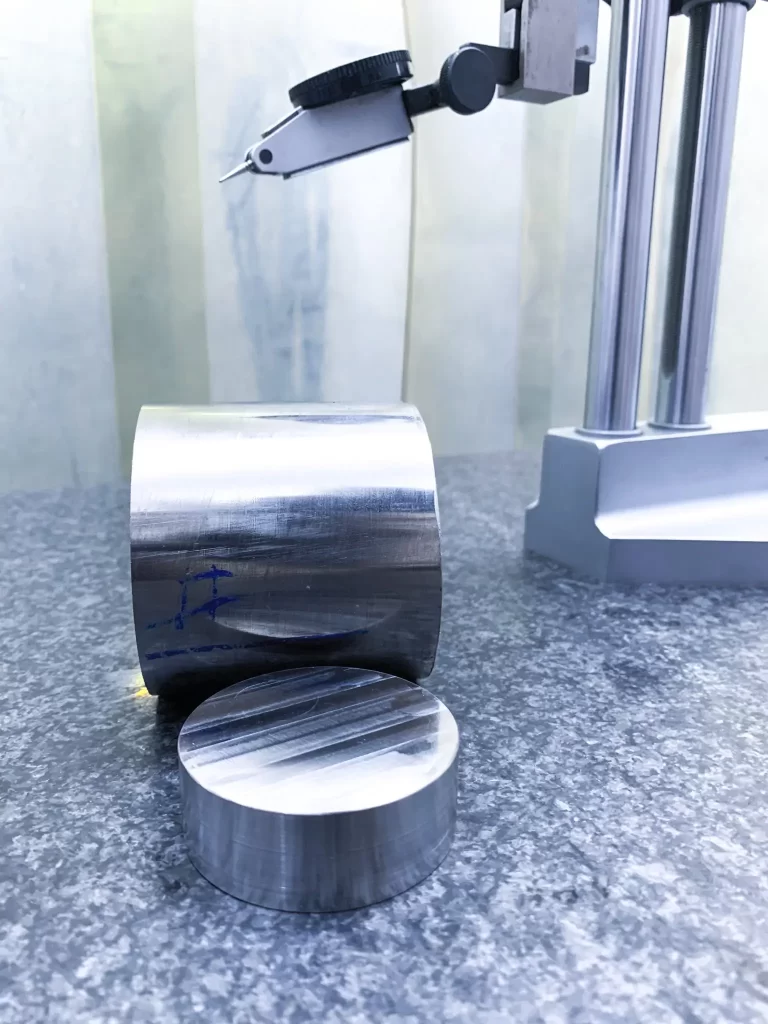
316 Stainless Steel Properties
What is 316L Stainless Steel?
Stainless steel with a maximum carbon concentration of 0.03% is permissible in 316L steel, a low-carbon variant of 316 stainless steel. The carbon concentration differs from 316 to 316L. 316L is less likely to have carbide precipitation during welding because of its reduced carbon content. Because of this, intergranular corrosion may occur. 316L is ideal for uses involving high welding temperatures because of its properties. After welding, it is essential to take measures to avoid corrosion.
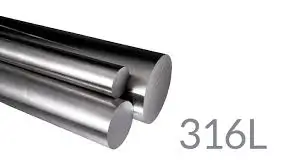
316 L Alloy Rods
316L Stainless Steel Properties:
Anti-corrosion: Like 316, but with a lower carbon concentration for welding corrosion resistance.
Heat: It is the same as 316 in that it performs well at low as well as high temperatures.
Durability: 316 has somewhat lower yield and tensile strengths than 316L, although it is still strong enough for most uses.
Welding: Superior weldability than 316 since it doesn’t need post-weld annealing for corrosion protection.
Uses: Components subjected to corrosive conditions, equipment for pharmaceutical and chemical processing, and welded structures.
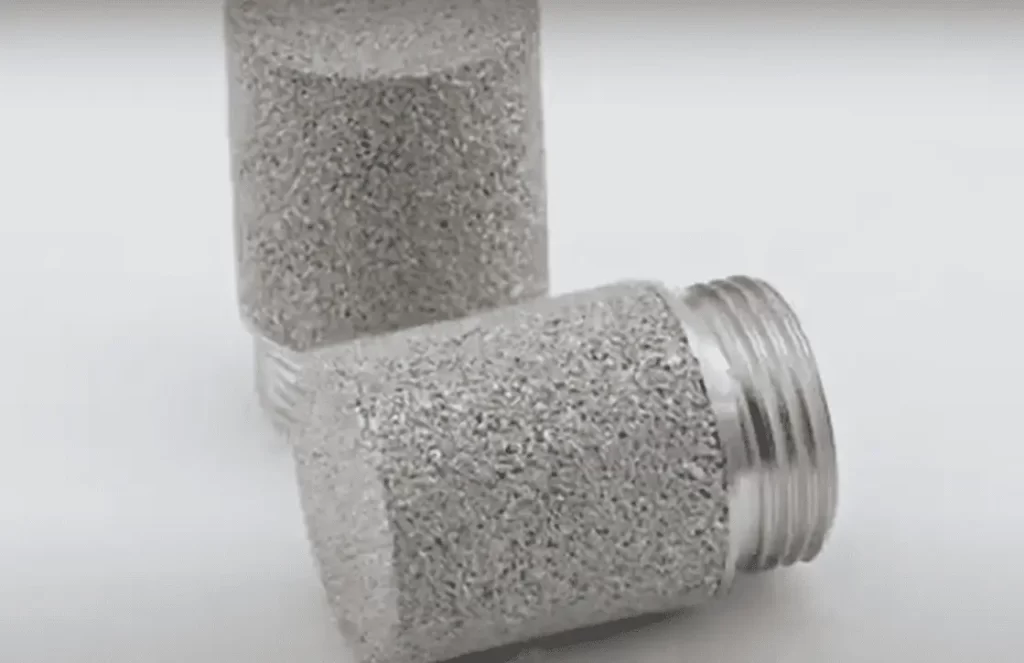
316L Stainless Steel Properties
316L Applications and Industry Uses:
Stainless steel has been employed in numerous sectors, including:
- Marine: Both grades are acceptable for saltwater use due to their high corrosion resistance.
- Because of its resilience to heat damage and low-temperature toughness, 316L is also appropriate for use at cryogenic temperatures.
- The pharmaceutical and medical industries often use 316L. Its little carbon footprint is critical for use in clean environments. Additionally, it is found in sterile environments and healthcare devices.
- 316L is widely utilized for chemical processing industry tanks, pipelines, and other equipment due to its resistance to corrosion.
- The food processing industry needs equipment that resists corrosion and is easy to clean.
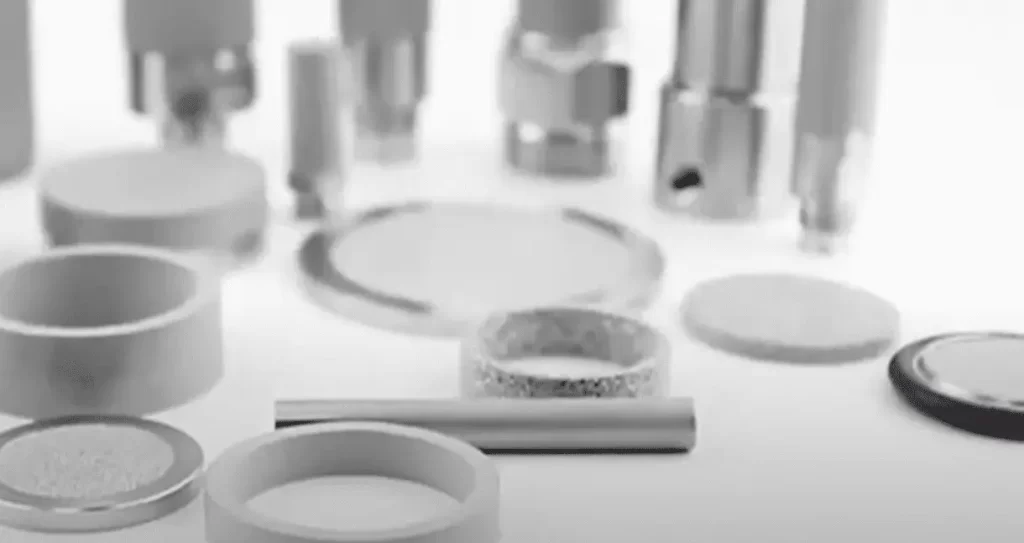
316L Stainless Steel Parts
316 vs 316l Cost Comparison:
Overall, the 316 vs 316l costs are actually close to one another. Furthermore, due to the quite small proportion of carbon that it contains, 316L might be likely to carry a little higher price. A range of elements, such as supply and demand, may influence the price of alloys. Whereas it might happen that 316L will prove to be economical over time.
Try Prolean Now!
316 Vs 316l properties: Major Differences
There are a number of key differences between 316 vs 316l properties, including carbon percentage, welding capacity, and durability against extreme corrosion.
| Attribute | 316 Stainless Steel | 316L Stainless Steel |
| Strength | It is feasible for high-stress uses due to its high tensile and yield strength. | Decent strength, sufficient for many uses—particularly for great resistance to corrosion. |
| Carbon Content | Increased strength and high heat sensitivity due to a maximum carbon concentration of 0.08%. | Designed for use in situations with high temperatures and corrosion, its limited carbon percentage enhances weldability and lowers the risks of intergranular corrosion. |
| Ideal Use Cases | This level of severe resilience is needed for heat exchange structures, chemical operations, and parts used in flying engines. | Welding is a common practice in the building, undersea, and development business sectors, making corrosion-proof metals an ideal decision. |
| Temperature Resistance | This material stays resilient and anti-corrosive in extreme heat conditions. | The welding benefits exceed 316’s high-temperature tolerance. |
| Magnetism | This substance is not magnetic when annealed but could turn magnetic when cold worked. | It is normally non-magnetic and less magnetic than 316. |
| Weldability | Amazing weldability; annealing after welding may avoid corrosion. | It may be welded without annealing, making it suited for severe welding. |
| Corrosion Resistance | Excellent ability to resist corrosion; however, untreated welding may cause intergranular rust. | After welding, lower carbon content resists intergranular corrosion better than overall corrosion. |
| Cost | A larger percentage of carbon causes it to be more robust and more pricey. | It’s cheaper and works for welding projects that don’t need annealing. |
| Applications | Good for high-stress components, construction, and other purposes that need more strength without welding. | Ideal for corrosion-prone, frequently welded sections. |
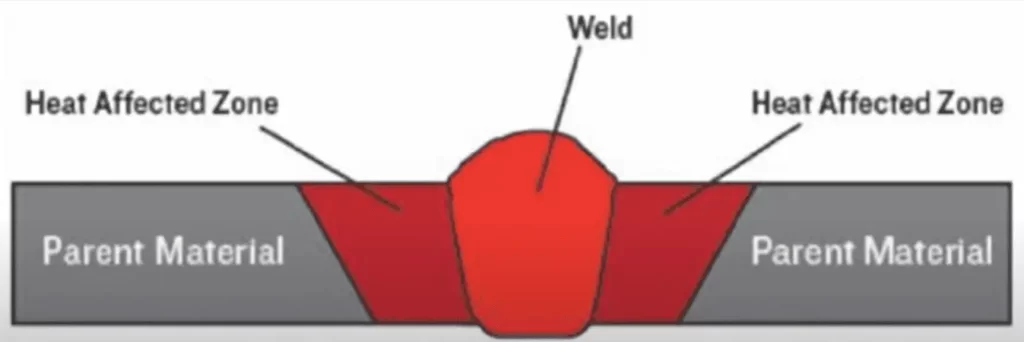
Stainless steel welding
Comparison with Other Alloys: 4130 vs 4140, and 4140 vs 4340
When it comes to the selection of alloys, 316 and 316L are not the only alloys that are used; other alloys may also be utilized. A number of other kinds of steel alloys, such as 4130, 4340, and 4140, are used rather often because of the distinctive characteristics that they contain. Other sectors of the economy find them appropriate.
4130 vs 4140: Steels 4130 and 4140 are two of the most popular types, although they are not interchangeable in terms of credibility or a long lifespan. When compared to 4130, 4140 steel offers better strength and wear resistance. It is ideal for purposes that call for long-term and rigorous usage.
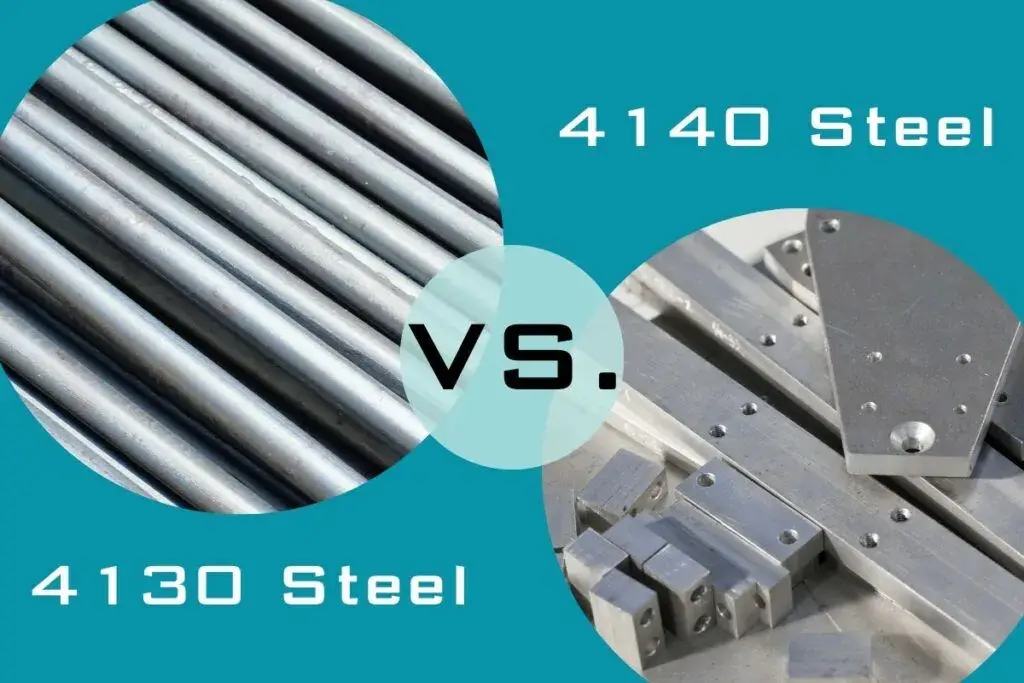
4140 vs 4340: In comparison to 4340, 4140 differs in the carbon and alloying components that make it. Additional nickel is included in 4340 steel (1.65-2.00%). It boosts the capacity to harden and be resilience. This extra nickel makes it well suited for high-stakes aerospace and automotive components; it’s the way to go.
These unique alloys are all powerful in their own ways. So, manufacturers may pick and choose which ingredients end up in their wares. You must possess strength, resilience, and the ability to cope with severe conditions to do these tasks.
Try Prolean Now!
Conclusion: How to Decide 316 Vs 316L?
The 316 and 316l are reliable for longevity when used in steel fabrication services where material strength is important. You should think about your application when selecting between 316 and 316L. The improved barrier to corrosion and ease of welding using 316L makes it possibly the optimal option for demanding, abrasive, or sturdy welding jobs. The 316 has multiple uses if expenses are tight. Stainless steel 316L stands out from the standard 316 due to its percentage of carbon. The carbon percentage in 316L is 0.03%, which is much lower than that of 316 (0.08%). Its capacity to withstand intergranular rust rises as a result.
FAQs
Q.1 What is the difference between 316 and 316L stainless steel?
A larger carbon percentage in 316 makes it more resistant to sensitization and intergranular corrosion in welded structures, whereas a maximum carbon content of 0.03% in 316L makes it different. The reduced likelihood of corrosion in the heat-affected zone makes 316L an excellent choice for welded structures.
Q.2 Is 316L stainless steel more expensive than 316?
The reduced carbon component of 316L makes it somewhat more costly than 316, however the price difference is usually not too big.
Q.3 Which has better corrosion resistance: 316 or 316L stainless steel?
316L has better corrosion resistance overall, but it really shines in settings where corrosion is more likely to occur in specific places, such as welded joints.
Q.4 Can 316L stainless steel withstand high temperatures?
Yes, 316 can withstand somewhat greater temperatures than 316L, but this is usually not a big deal in most contexts.
Q.5 What are some alternatives to 316 and 316L for different applications?
Alloys such as 4130 and 4140, which differ in strength and flexibility, and 4340, which are used for applications that need a greater level of toughness, are alternatives. These alloys are particularly useful in the aerospace and automotive sectors.
Q.6 What are the primary applications of 316 vs 316L stainless steel?
Both are used in the food processing, pharmaceutical, medical, and maritime sectors. Because of its superior corrosion resistance, 316L is the material of choice for uses requiring extensive welding or in highly acidic or corrosive conditions.

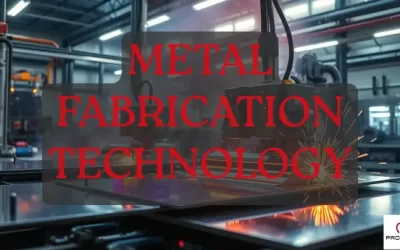
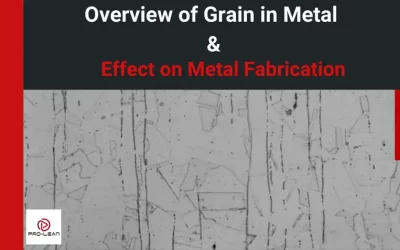
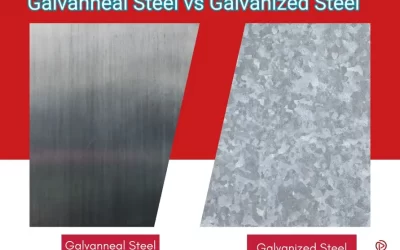
0 Comments